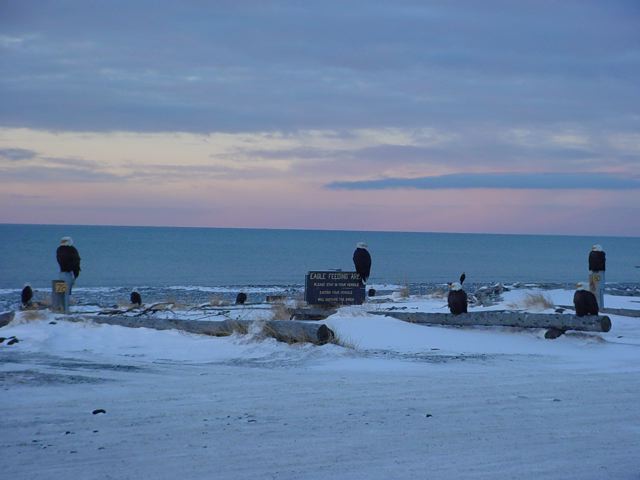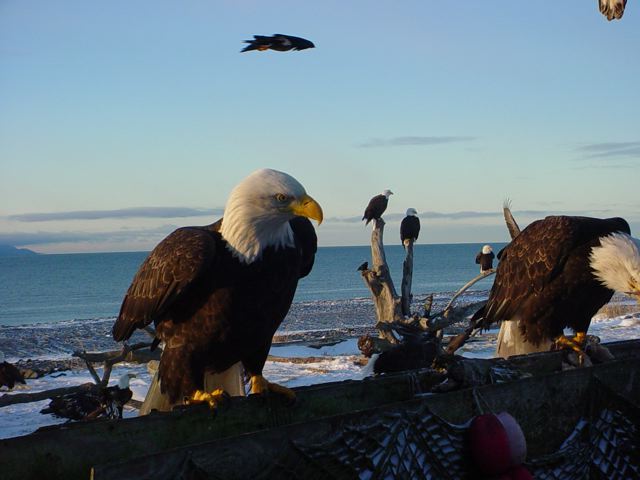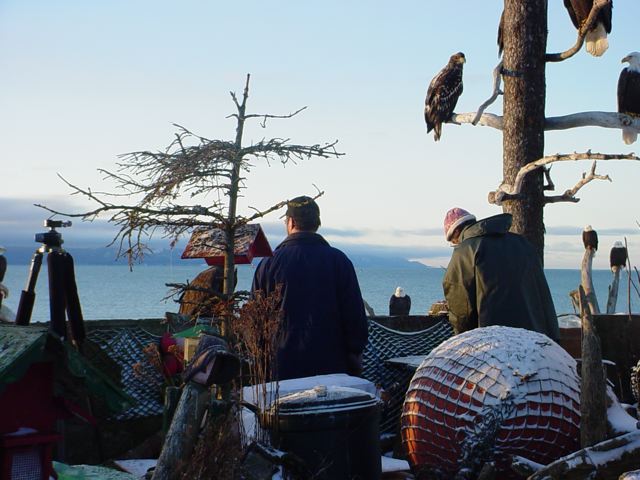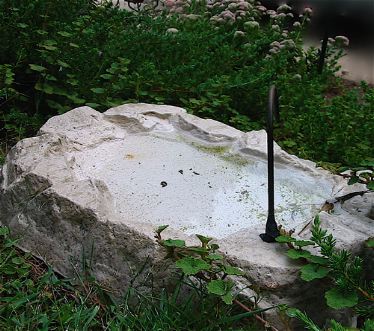-
Want more birds at your nyjer feeder?
There are no set rules in wild bird feeding, we offer birds different varieties of food that entice them and keep them coming back. Of course habitat plays a huge role, with places for shelter and nesting like mature trees, thickets and shrubs. The all important water source is also a big factor for attracting feathered friends.
Just because finches eat thistle, or nyjer seed, doesn’t mean they wont’ frequent other feeders offering different seed mixes. For the last few days, I’ve been seeing Black Capped Chickadees at the nyjer feeder. Now maybe it’s just the time of year, but I’ve never seen them at this feeder before. Also, the juvenile Eastern Bluebirds, who will eat suet during our cold winter months, have already started feeding at the suet feeder too.
A favorite treat for several birds is to mix thistle seed with finely chopped sunflower hearts. Placing this seed mix in the nyjer feeder attracts Juncos, Pine Siskins, Towhees and House and Purple Finches, as well as the Goldfinch.
In early spring, try offering nesting materials and encourage birds to take up residence by nesting in your yard. Collect dryer lint, pet hair, cotton yarns and fibers, and decorative mosses to create a nest ball with variety of materials that birds prefer. You can place them in a standard suet cage, or mesh produce bag from the grocery store. Of course commercial materials are available, and even some cool holders to accommodate them.
Just because the bright yellow feathers disappear in fall, it doesn’t mean these birds are gone. Remember to keep nyjer feeders out year round with fresh seed, as goldfinches and others will stick around during during winter months.
-
Finch Feeders and Bald Eagles?
Yes, this post was planned for Finch Feeders, but a I received a very cool email this morning from a friend. Now I’m not sure if this has circulated or saturated the media, but definitely worth posting!
Several months ago (January [in Oregon ]), the weather stayed so cold that the bald eagles were cruising over our houses looking for helpless cats to make a quick meal.
They could not access fish that were at the bottom of the river and had gathered together.
Some kind souls decided to feed the eagles down at Goose pit so they would survive the cold spell. They gathered fish and started feeding the group of eagles huddled on the shore.
The photos below show what happened.
A former teaching colleague took these photos in front of his home. Incredible!Feeding the Eagles!
A beautiful morning feeding the eagles, Jan. 2010
Once we started throwing out fish, they did not seem to fear us and word spread fast.
Eagles fighting for the fish. Jan. 2010
No zoom lens here, I was this close!
Here are the men who were feeding them. It was so amazing to get this close!
It was not too long ago that the American Bald Eagle was an endangered species.
-
Add a Birdbath for Wildlife Friendly Habitat
Our North Georgia yard is always fluttering with avian activity. Probably due to the many bird feeders and birdhouses, but positively because of the birdbaths and water features. For the last 30 days or so I think it has rained only once. Pastures and lawns are parched, and flowers that usually thrive well into fall have seen better days.
Two pedestal baths each have their own gizmo so there’s always moving water. One has a dripper, the other a water wiggler. Since this water always moves, it is a major attractor for birds, it works like a visual magnet! It’s also good to know that mosquitoes can not lay their eggs in these birdbaths.
This ground birdbath with an attached dripper has got to be by far the most popular spot. Of course everyone took off when I went to take the picture. There’s also a leaf mister staked in the ground nearby, which shares the same water connection via a T-connector in the rubber tubing. Butterflies, hummingbirds and most of the regulars frequent this spot daily. Some birds even crowd around to wait their turn for a dip in this great birdbath!
The landscaping helps too, lush and mature trees, shrubs and flowers, with perennials for butterflies like lantana, milkweed, and butterfly bush. A shepherd’s hook with three bird feeders is also close to this water feature. I guess if I were a bird, it would be a pretty decent spot to hang around!








